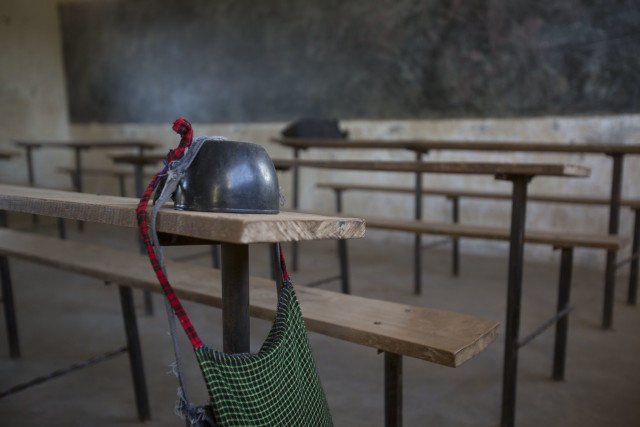By Rokhaya Fall Diawara and Tidiane Sall, UNESCO
The spread of COVID-19 is a growing worry for Africa. Among the 47 African countries that have closed their schools and universities to more than 280 million African children, 10 have not yet identified a single case of the virus. These closures will hold back education even further on a continent where already more than 200 million children and adolescents were not learning. The government of Senegal closed its schools on March 16 – one of the first to do so on the continent. What measures have been taken to ensure that learning doesn’t stop?

Image: Karel Prinsloo/ ARETE
Following school closures in Senegal, the Minister of Education recognized openly that there were limits to the response plan envisaged by the State. This emergency plan takes place in a school context characterized by teachers who do not have enough teaching hours to cover the curriculum and already weakened by repeated strikes in recent years. The idea was to to start with something and then work towards a more efficient model.
A plan based on a strategic partnership
The Ministry of National Education (MEN) has developed a response plan consistent with the national strategy led by the Ministry of Health and Social Action. This plan covers not only the period of the pandemic, but also looks at the idea of revising the school calendar in its aftermath and assesses different ways of evaluating learning.
Monitoring this plan will happen by a Monitoring Committee, chaired by the Minister of National Education. The Executive Secretary is the Head of the School Medical Control Division sitting on the National Response Unit fighting against the virus. Its members also include the directors and heads of national MEN departments, representatives of parents’ organizations, teachers’ unions, associations of Daaras (Koranic schools) and students. Continue reading








